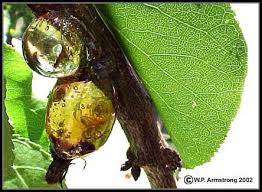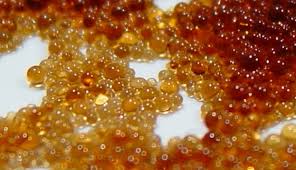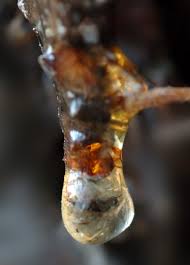Resin is a natural or synthetic hydrocarbon secreted many plants, particularly coniferous trees. Its applications ranging from art to polymer production and many consumers interact with products that contain it on a daily basis.
The resin produced by most plants is a viscous liquid, composed mainly of volatile fluid terpenes, with lesser components of dissolved non-volatile solids which make resin thick and sticky. The most common terpenes in resin are the bicyclic terpenes alpha-pinene,beta-pinene, delta-3 carene and sabinene, the monocyclic terpenes limonene and terpinolene, and smaller amounts of the tricyclic sesquiterpenes, longifolene, caryophyllene and delta-cadinene. Some resins also contain a high proportion of resin acids.
Types of resins
Oleoresins are naturally occurring mixtures of oil and a resin. Oleoresins contain benzoic acid or cinnamic acid.
Formaldehyde resin is a synthetic resin product made with formaldehyde. This product is used in a wide variety of settings and industries, and is one of the oldest synthetic resins around.Plastic resins are made by heating hydrocarbons. Plastic resins are used to make many different kinds of products.
Epoxy resins are created by transforming liquid polyethers into infusible solids through a special curing process. Epoxy resins fiber optics, optoelectronics, and dentistry.
Silicone resins are a type of silicone material which is formed by branched, cage-like oligosiloxanes with the general formula of RnSiXmOy.
Applications of resins
Resins is used in following sectors
- Varnishes
- Adhesives
- Therapeutic purposes
- Musical instruments
- In making sculptures
- Motors
- Generators
- Transformers
- Switchgear
- Bushings
- Insulators
- Integrated circuits
- Transistors
- Hybrid circuits
- Printed circuit boards



No comments:
Post a Comment